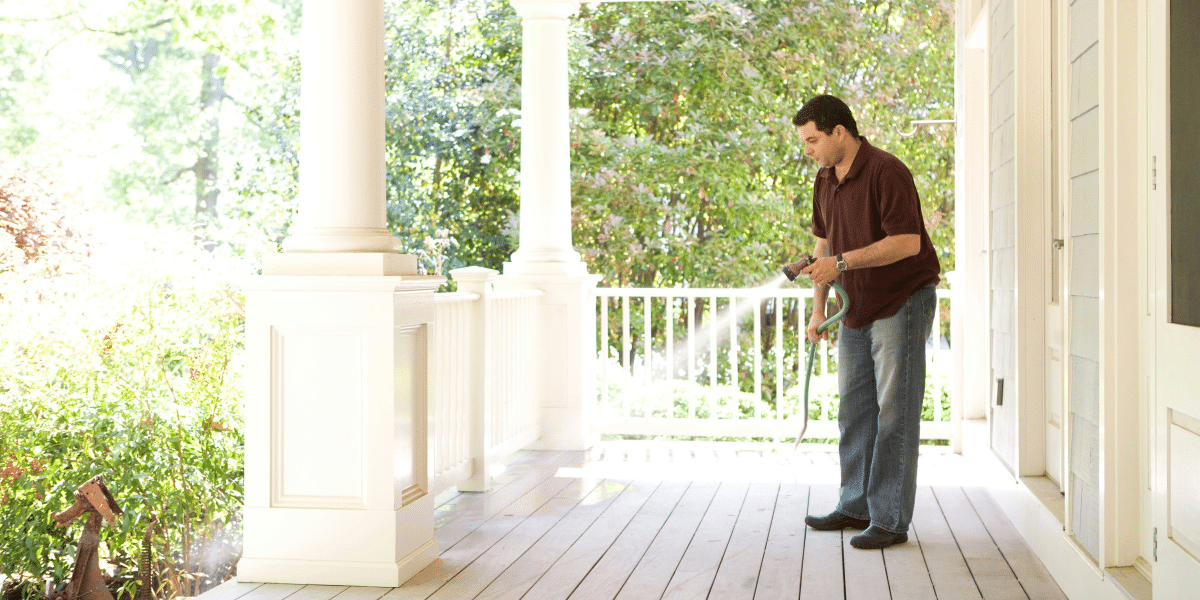Dealing with a pest infestation can be stressful and can quickly turn your sanctuary into a site of constant irritation. Whether it’s roaches, ants, or any other unwelcome guests, professional pest control services offer a reliable solution from a company like Safe Pest Control. However, to maximize the effectiveness of your upcoming pest control treatment, there are several important preparations you should make. This article outlines essential steps to prepare for pest control intervention, ensuring a smooth and efficient process.
Declutter Your Home to Maximize Effectiveness
Creating an environment that is inhospitable to pests is a critical first step before the pest control team arrives. Pests thrive in cluttered environments because they provide numerous hiding spots and breeding grounds. By decluttering, you help expose these pests, making the treatment more effective. Focus on areas where pests are most common, such as bedrooms, kitchens, and basements. Ensure all food containers are sealed and that no crumbs or trash are left out to attract pests.
Deep Clean Your House
Cleaning is not just about aesthetics; it’s about removing the food sources and debris that pests use to survive. Pay special attention to kitchen areas, sweep floors to remove crumbs, wipe down surfaces, and consider a deep clean of carpets and upholstery, which can harbor pest eggs.
Kitchen and Pantry Preparation
The kitchen is often the hotspot for pest activity because of the food particles and moisture present. Here are a few steps to ensure this area gets the attention it needs:
- Remove all garbage and recycling bins from the house or thoroughly clean them.
- Store food in sealed containers or refrigerate it.
- Wipe down all hard surfaces and sweep floors to remove food debris.
Pet Safety During Pest Control
Pets can be particularly vulnerable to the chemicals used in pest treatments. To protect your furry friends:
- Relocate pets to a safe location away from the treatment area, ideally outside your home, such as with a friend or a kennel, until the treatment has concluded and the area has been deemed safe.
- Cover fish tanks and remove bird cages from the treatment area to prevent airborne chemicals from affecting them.
Communication is Key
Effective communication with your pest control provider can make a significant difference in the success of the treatment. Discuss with them:
- The specific areas of concern in your home.
- Any allergies or sensitivities that your household members may have.
- The type of pests encountered and any previous treatments undertaken.
Post-Treatment Care and Maintenance
Once the treatment is completed, your pest control specialist should provide you with a set of guidelines tailored to your specific treatment plan. General post-treatment tips include:
- Avoiding cleaning immediately to allow the treatments to take effect.
- Observing for any signs of pest resurgence and reporting them to your pest controller.
- Implementing preventative measures like sealing entry points and maintaining cleanliness to avoid future infestations.
Regular Pest Control Treatments
Remember, pest control is not a one-off solution. Depending on your situation, regular treatments may be necessary to keep your home pest-free. Discuss with your pest control provider about the ideal frequency for your home and any preventative packages they offer.
Conclusion
Preparing effectively for a pest control treatment not only enhances the efficacy of the intervention but also contributes to the long-term pest-free status of your home. By following these steps, you can ensure that your pest control service goes smoothly and your home remains a safe and comfortable environment for everyone.
Published by: Martin De Juan



















